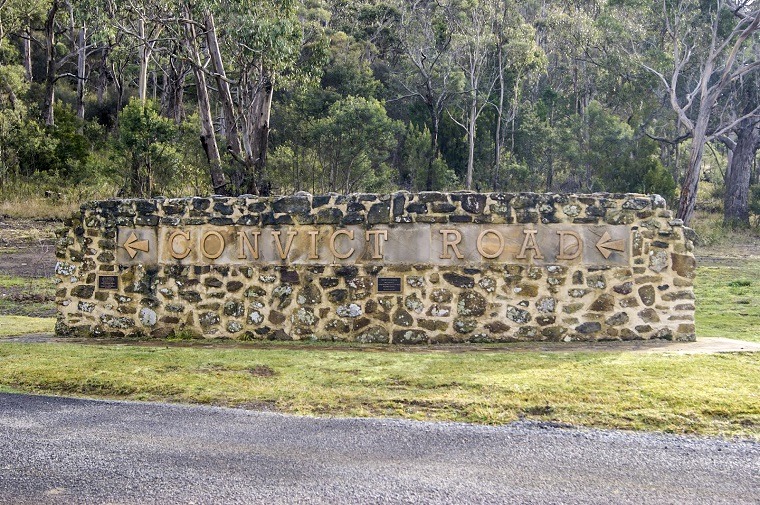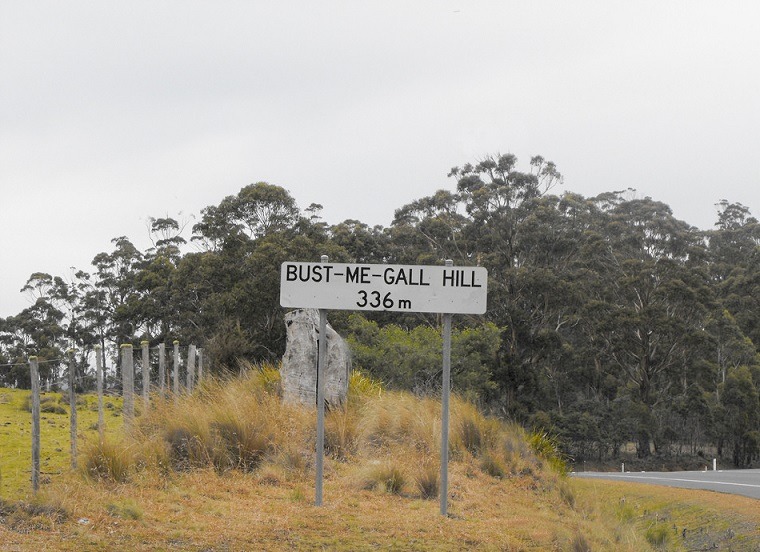The Great Eastern Drive
The east coast of Tasmania is still uniquely pristine in most parts. While farming and forestry have left their mark on the landscape vast areas remain so wild and rugged that one is reminded of just how arduous exploration and settlement must have been for the early colonists. Imagine if you will, building the road from Hobart through Richmond in the Coal River Valley to Orford on the Tasmania East Coast. What is today a scenic drive was once the nightmare of convicts, free men, bullocks and Governors (Governor Arthur is rumored to have been lost in the area for 3 days during 1830!).

Names like “Break-me-neck hill” and “Bust-me-gall hill” are used describe the steep ascents that this passage traverses, reference in part to the efforts of bullock trains carting cut sandstone from quarries at Buckland and Orford back to Hobart. The road into Orford today follows the original worst track in the colony on the south side of the Prosser River. Back in the day this most treacherous route was sarcastically referred to as Paradise Gorge and included 5 river crossings including the dangerous crossing at the mouth of the river. Here early travelers had to wait at the sand bar for low tide to walk and swim across.

This was not ideal hence work began in 1844 to build a new road on the north side of the river. Now referred to as the Convict Trail, construction was ceased in 1847 before the road was completed. As you drive into Orford today you can still see remnants of this road on the northern side of the Prosser. Leveled areas and dry stone walls can be glimpsed through the forest. A tourist walk has been developed along the Convict Road from Orford and highlights some old convict ruins. The road on the south side remained in use and in 1861 a punt began operating at Orford to gain access to the Northern side and in 1866 Meredith Bridge was constructed.
